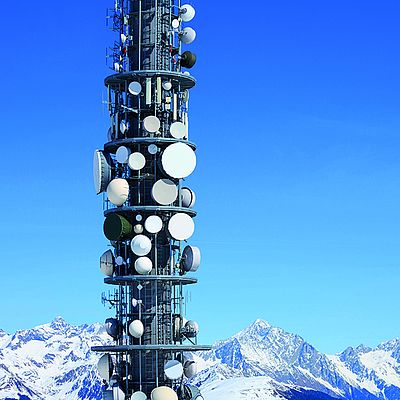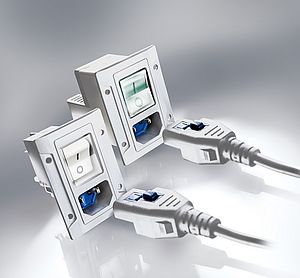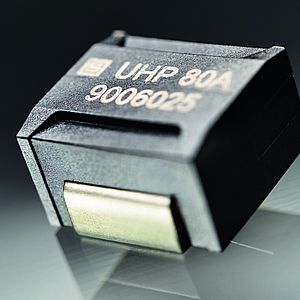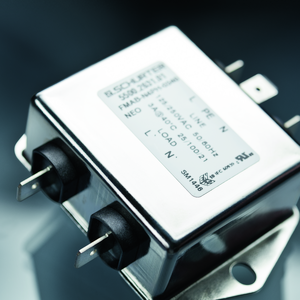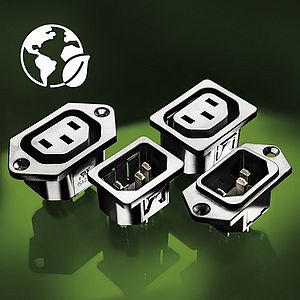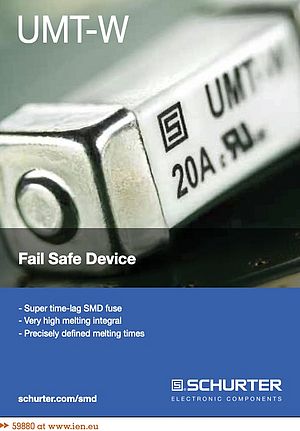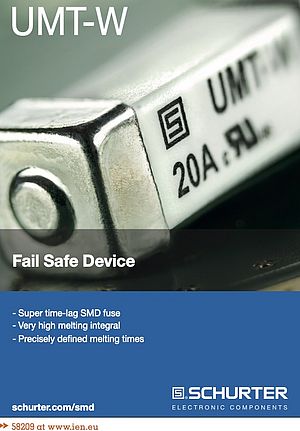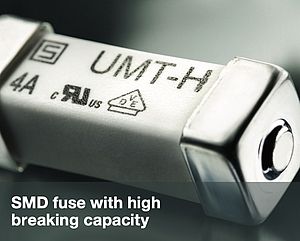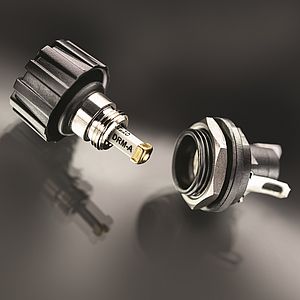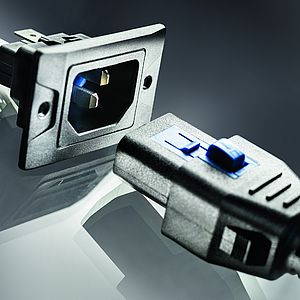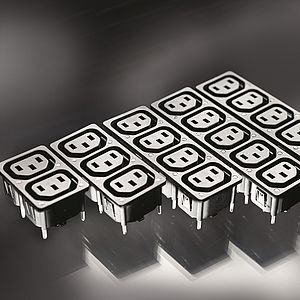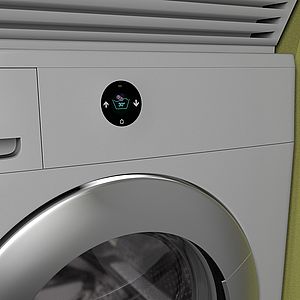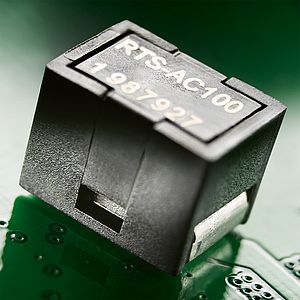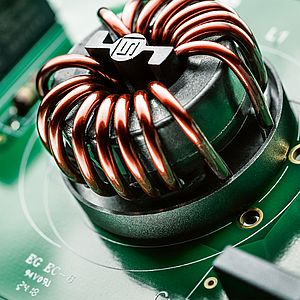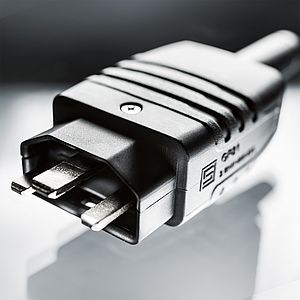Schurter. 2000 metres. This altitude above sea level represents the upper limit for applications of many passive components certified according to IEC. Why this limit? A little excursus into physics, more precisely into the Paschen effect. We all know that. With increasing altitude above sea level, the air pressure decreases. Less oxygen, breathing becomes increasingly difficult. But this thinner air also has an influence on dielectric strength in electrical applications. Standards are always set under clearly defined environmental conditions. These include temperature and pressure. The IEC standards for appliance connectors (IEC 60320) or filter elements (IEC 60939) are no exception. Clearly defined rules also apply to them. One such rule is that the component to be tested must comply with the specifications from sea level up to 2000 m in order to be allowed to bear the necessary seal of approval. In return, however, this also means that the devices in which these components are installed may only be used up to this 2000 m altitude. For applications at higher altitudes (>2000 m.a.s.l.), additional proof of suitability is required for all components used.
Thin Air: How Power Entry Modules can Withstand Heights
2000 metres. This altitude above sea level represents the upper limit for applications of many passive components certified according to IEC. Why this limit? A little excursus into physics, more precisely into the Paschen effect.
- by SCHURTER AG
- June 3, 2021
- 29211 views


